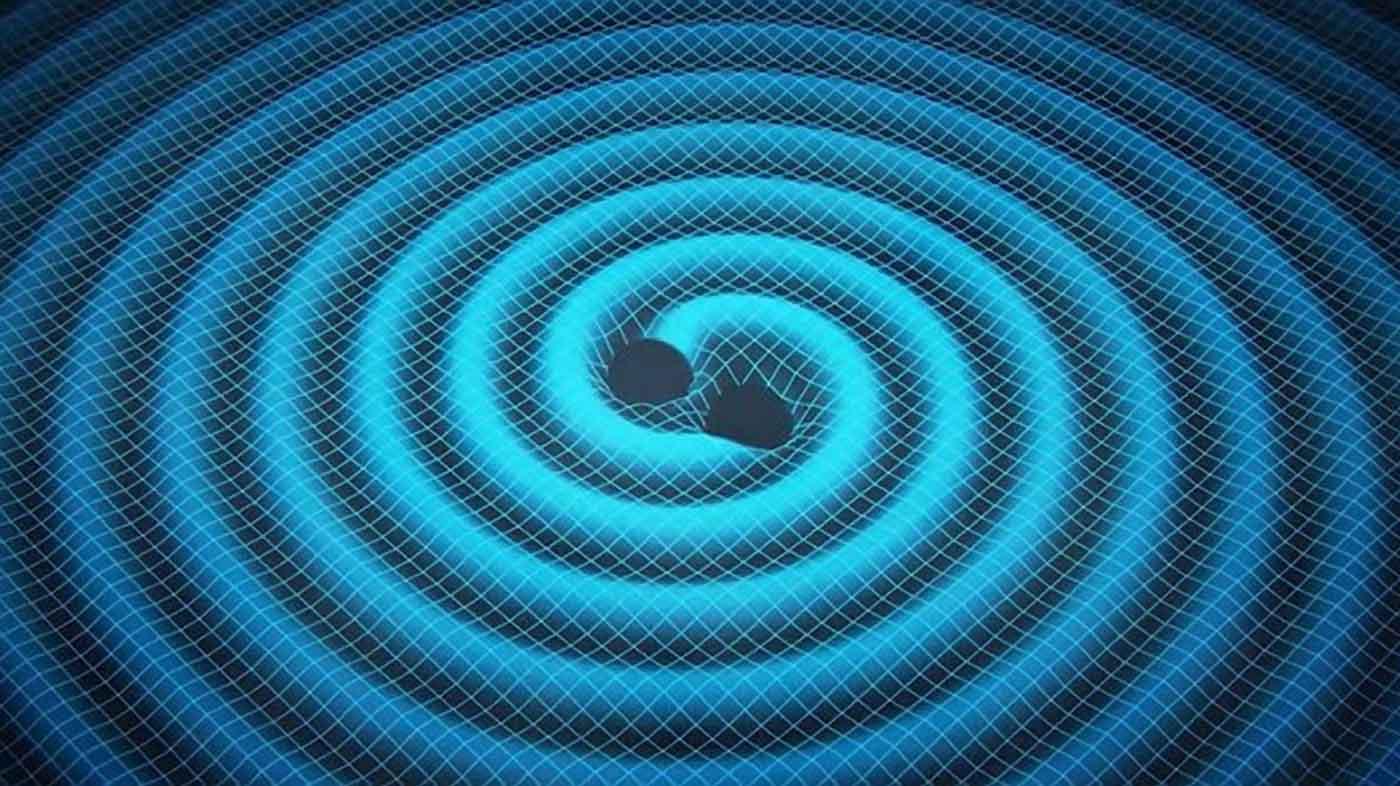Scientists have suggested that in the first seconds of the Universe’s existence, gravity could directly accelerate electrons, generating electromagnetic radiation. Currently, such processes do not occur in nature.

Light and gravity at the beginning of the Universe
Electromagnetic radiation, which includes visible light and gravity, are two things that modern physics cannot connect with each other. But recently, researchers have suggested that at the beginning of the existence of our Universe, the force of gravity could still directly generate light.
This happened less than a second after the Big Bang occurred. At that time, an event known as the epoch of inflation was taking place in the newborn Universe. Then, in a tiny moment, the newborn Universe expanded from an object about one nanometer in size to 10 light-years. So this process took place at a speed much faster than light.
In the new work, the scientists noticed that at this moment the gravitational waves had to go into an extremely excited state. The reason for this was resonance — the superposition of several waves with their incredible amplification. It is possible that at the same time standing gravitational waves have even arisen — irregularities in the curvature of space-time that are not tied to a physical object, but do not move.
And it was these standing waves that could wake up the electrons so much that they would emit photons of light. Whether these photons can be seen now like relic microwave radiation, which has been born directly during the Big Bang, scientists do not report.
Impossible process in the modern Universe
Despite the fact that there are no conclusions about how the new assumption affects our understanding of the Universe, the publication can be considered sensational. The fact is that in the modern Universe, the processes of direct transformation of gravitational waves into light are not observed at all. If they were, scientists would have used them long ago to study the merging of black holes.
But Earth scientists still have to build gigantic complex interferometers for this. And all the light that we catch from the vicinity of black holes, in fact, has nothing to do with gravitational waves. This is simply the heating of a substance due to acceleration to large quantities.
Moreover, modern physics still cannot unambiguously explain how gravity is related to the rest of the fundamental interactions. So, although standing gravitational waves are impossible in nature now, it cannot be ruled out that they will not be created in the laboratory someday. And then we will find out whether gravity can actually turn directly into light.
According to phys.org
Follow us on Twitter to get the most interesting space news in time
https://twitter.com/ust_magazine

